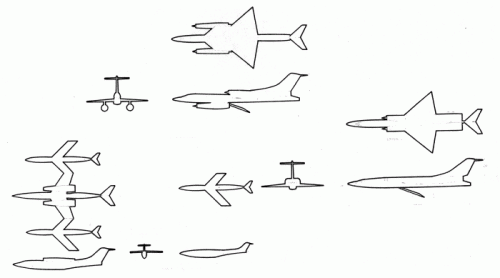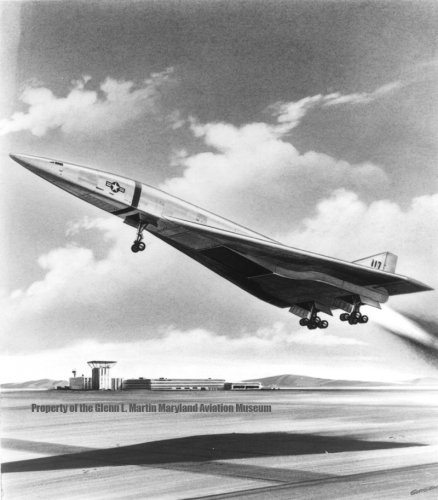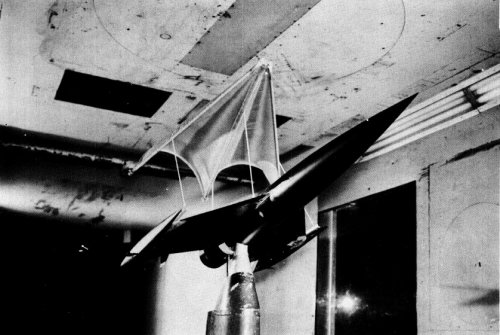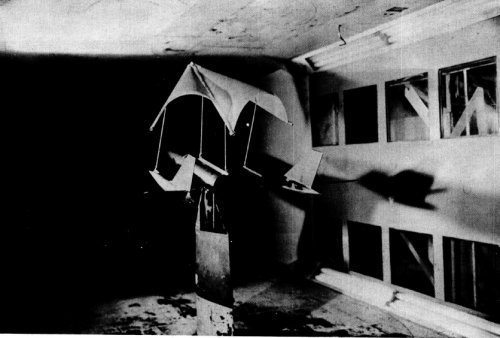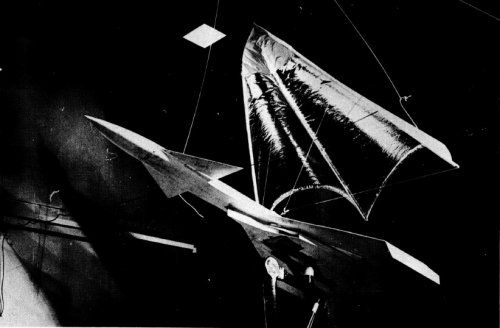- Joined
- 14 June 2006
- Messages
- 2,297
- Reaction score
- 446
I have no photos or drafts, but a snippet of information:
in the RAND study "Bonber R&D since 1945. The Role of Experience" I found this:
Now, it seems that Dennis Jenkins has a lot of matter for a second edition of his worderful Valkyrie book.... (not to mention expanding the LRI-X chapter to include the Northrop designs and so on...)
in the RAND study "Bonber R&D since 1945. The Role of Experience" I found this:
and note 14The
Mach 2+ strategic bomber program elicited far more contractor interest,
with numerous firms entering the fray. In July 1955, six companies
were selected as finalists and received study contracts: North
American, Convair, Boeing, Martin, Douglas, and Lockheed. Late in
the year, the Air Force eliminated four of the contenders, leaving
North American and Boeing alone to fight it out with follow-on study
contracts.14
.14 It is surprising that Convair was eliminated, although the company was clearly fully
occupied with the F-102, F-106, B-58, and nuclear-powered bomber programs. Little
information is available in published sources on the criteria used for selection of the
winners.
Now, it seems that Dennis Jenkins has a lot of matter for a second edition of his worderful Valkyrie book.... (not to mention expanding the LRI-X chapter to include the Northrop designs and so on...)

